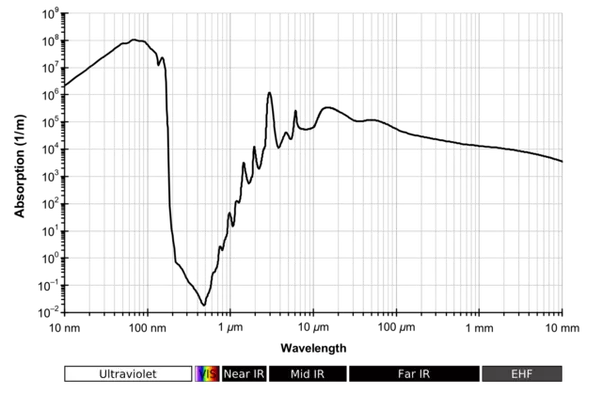Interesting, I never heard of aquarium/aquaculture type uv filters requiring micron filtration, though they also probably don't have to be 100% effective... Maybe it's not really practical given current technology, though I suspect there is a certain intensity and time, plus vessel design that could work. I don't know that I have the time or gumption these days to look up light intensities, microbe reduction rates, crunch numbers, design something effective, etc... The ones on Amazon for $20 do seem a little too good to be true and some of the reviews indicate they may be fairly weak or out of the proper wavelength. There are some legitimate UV-C LEDs nowadays, in addition to the tried and true older technologies, and at least that LED technology is bound to continue to mature. There is info on intensity, time, effectiveness out there; I skimmed a decent article for hospital uv sanitization recommending 7 ft and 30 minutes for surface treatment that included light intensities and microbe reduction rates. There also cards and meters that can measure the intensity. I doubt I would do it any time soon, but I still have a curious itch here, and a rough test could maybe be sinking a uv card in a ziploc bag to the bottom of a flask, placing that flask in a kettle, installing a light in the lid, making a little sterilization chamber and seeing if the light makes it to the bottom...
Anyway, thanks for the input, all. Cheers!



